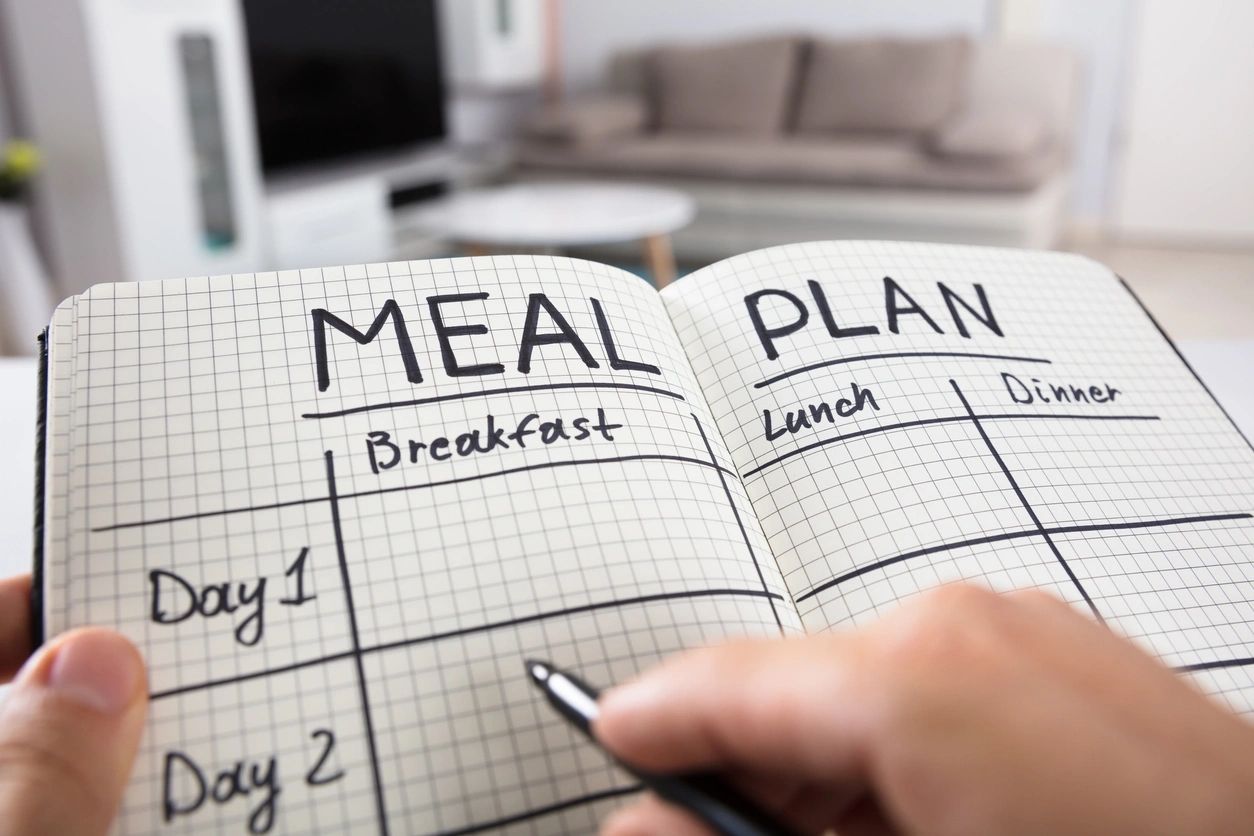I haven’t written on many side dish recipes, so for this article I’ll provide a hearty, seasonal side dish of spaghetti squash with chickpeas (garbanzo beans). This is good hot, cold, or room temperature. Serve it as a side with roasted chicken, pork chops, or fish.
Spaghetti Squash with Chickpeas
You’ll need to account for the time to roast the spaghetti squash and cool it. There is very little active time, but this dish does need a little planning.
Ingredients
- 1 spaghetti squash
- 4 tbsp. olive oil
- 2 tbsp lemon juice
- 1-2 tsp. cider vinegar or wine vinegar (optional)
- 1-2 tbsp. dried parsley, or 1/2 bunch chopped fresh parsley
- cotija, feta, or other mild crumbly cheese
- 1 can chickpeas, drained and rinsed
- salt and pepper to taste
Equipment
- rimmed baking sheet
- large bowl for tossing salad
Instructions
- Preheat the oven to 375F.
- Halve the spaghetti squash lengthwise, so you have two oval-shaped halves.
- Scoop out the seeds and goo in the center. Don’t get too forceful with the scooping or you’ll lose some of the squash “noodles”. The goo will feel markedly wetter than the squash flesh you want to keep, and your spoon will “scrape” more once you’ve hit squash flesh. Discard the goo and seeds. (If you want, you can rinse and dry the seeds for roasting, but I find it more trouble than it’s worth.)
- Drizzle olive oil on the cut sides of the squash.
- Line your baking sheet with foil, and place the squash halves cut side down on the baking sheet.
- Roast the squash about 45 minutes.
- Remove the pan from the oven, flip the squash over, and let it cool to about room temperature, or a little warmer if you want the salad warm.
- Meanwhile, combine lemon juice, 2-4 tbsp. olive oil (to taste), parsley, salt, and pepper in a large bowl.
- When the squash is cool or lukewarm, hold the squash half over the bowl and, using a fork, scrape the flesh from the skin. It will come off in strands like noodles. Scrape gently. Repeat with the second half.
- Add the chickpeas and cheese to the bowl, tossing to coat evenly. You may need to use tongs to toss and mix the chickpeas and cheese into the squash.
- Drizzle with a little vinegar if desired and serve.
Notes
Sometimes the squash can still seem a bit wet after it cools. If this is the case for you, put the squash strands in a fine mesh strainer and gently press or squeeze some extra water out.
Some people will cook spaghetti squash in the microwave. If you do this, make sure you use a microwave-safe dish and put about 1/2″ water in the bottom. I don’t personally care for cooking squash this way; the spaghetti squash comes out too mushy. If you’re pressed for time, you can try it this way. Microwave on high in segments of 5 minutes, checking to see if the squash is done by slipping a paring knife gently into the skin. It should penetrate relatively easily.
Why eat this?
If you’re looking for a good source of complex carbs with lower caloric cost, winter squashes are a great choice. They also store well in a cool, dark basement for months.
Spaghetti squash is a decent source of antioxidants (beta-carotene), vitamin C, choline, and fiber.
Chickpeas are high in protein for a “carb”-type food. They contain much of your recommended daily amount of folate, manganese, and copper. They are also a good source of magnesium, potassium, fiber, iron, zinc, and selenium. Chickpeas are almost a complete source of amino acids, lacking only methionine.
As a final reason, this dish is inexpensive to make, and feeds 3-5 people as a side dish. It makes great leftovers; the flavors meld together nicely in the refrigerator overnight. Try taking the leftovers for a lunch paired with poached chicken.











